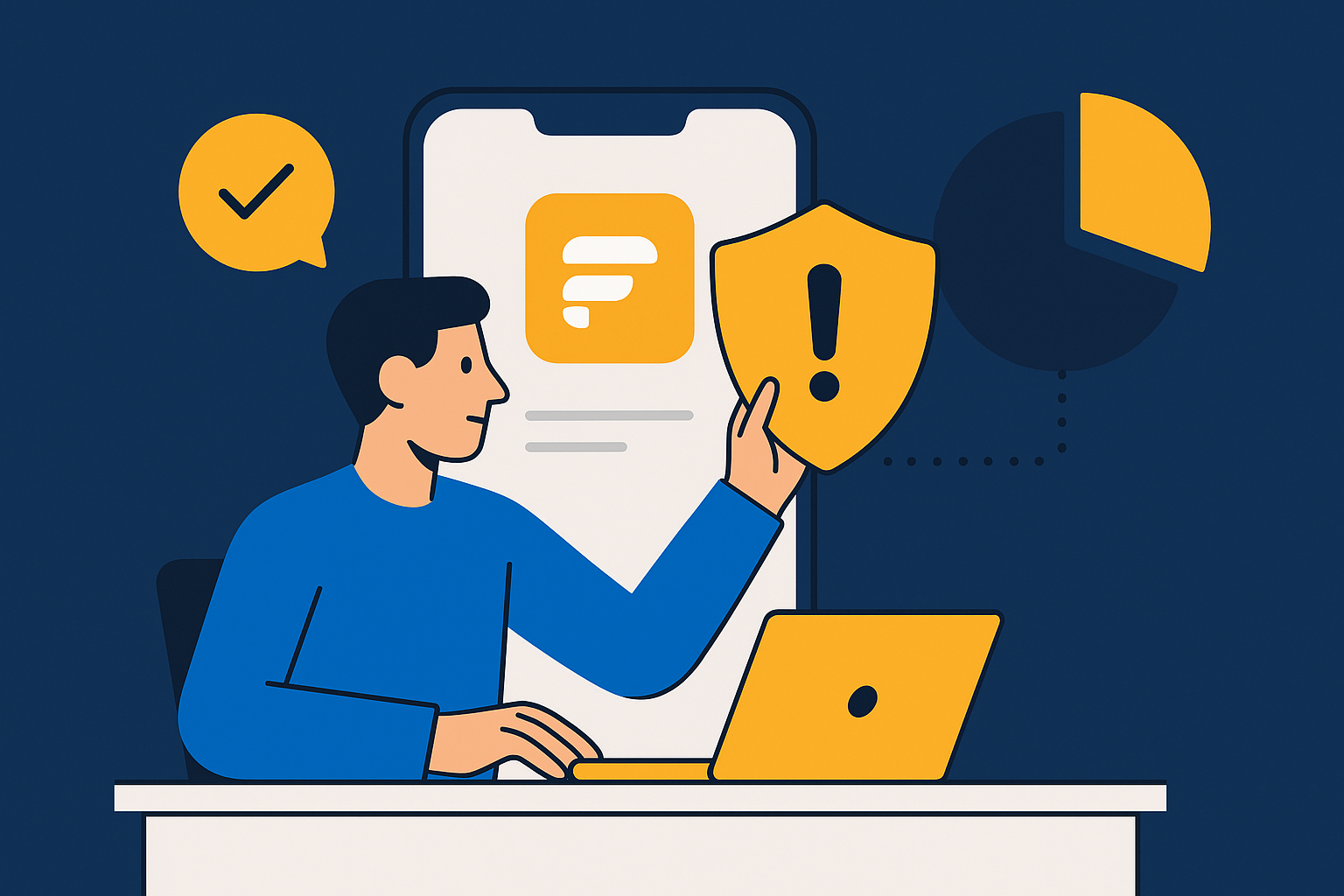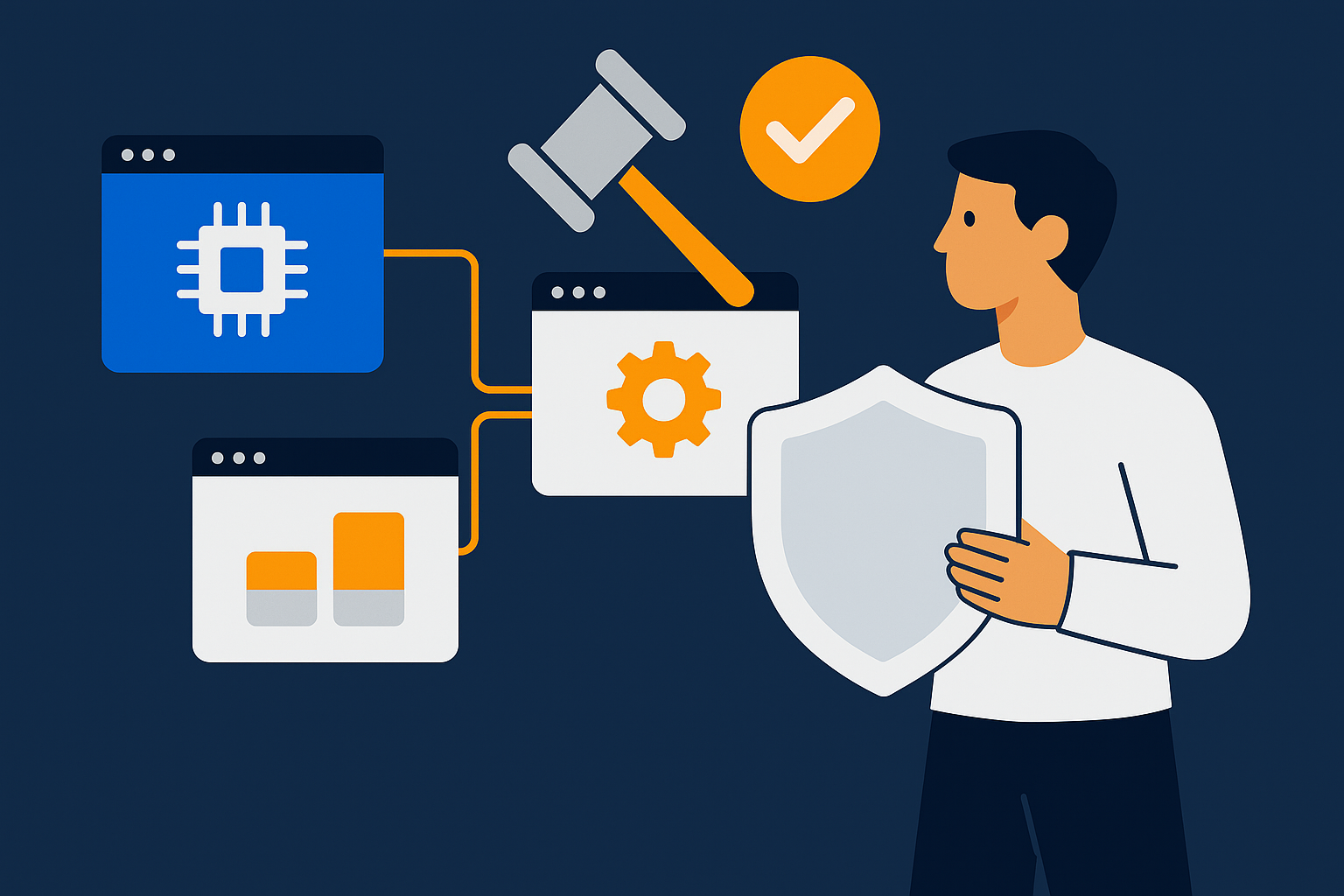In the ever-evolving landscape of B2B SaaS, companies are constantly seeking innovative ways to differentiate themselves and deliver value to their customers. As C-level decision-makers, product managers, and startup founders, understanding advanced strategies in product design and development is crucial for staying ahead of the competition. This blog post will explore key methodologies that can transform your product and position your business for long-term success.
As we delve into the nuances of B2B SaaS product design, we’ll uncover not only the latest trends but also practical examples of how leading companies have successfully implemented these strategies. From leveraging user feedback to optimizing user experience (UX) through data analytics, these insights will guide your decision-making process and enhance your product’s market readiness.
Understanding User-Centric Design in B2B SaaS
The Importance of User Feedback
User feedback is invaluable when it comes to designing B2B SaaS products. Unlike B2C, where emotional appeal might drive decisions, B2B users prioritize functionality and efficiency. Implementing regular user feedback loops can help your design team identify pain points and areas for improvement early in the development process.
For instance, at CoreLine, we recently partnered with a logistics SaaS provider to revamp their platform. By utilizing targeted surveys and user testing sessions, we pinpointed critical usability issues. This iterative approach not only improved user satisfaction but also led to a 30% increase in user retention over six months.
Data-Driven UX Optimization
In today’s data-centric world, leveraging analytics to inform your UX design is not just beneficial—it’s essential. By integrating analytical tools into your workflow, you can track user behavior and identify trends that inform design decisions. This approach allows you to create a more intuitive experience that aligns with user needs.
Consider a case where we worked with a financial SaaS company. By analyzing user interaction data, we discovered that users were frequently dropping off at a specific point in the onboarding process. Armed with these insights, we redesigned the onboarding flow, simplifying the process and adding helpful tooltips. The result? A 50% reduction in dropout rates.
Embracing Agile Development for Rapid Iteration
The Benefits of Agile Methodologies
Agile development has revolutionized how tech companies approach product creation. This methodology emphasizes flexibility and iterative progress, allowing teams to adapt quickly to changing requirements or feedback. For B2B SaaS companies, this means faster product delivery and the ability to pivot based on market demands.
At CoreLine, we utilize Agile methodologies to ensure our projects remain aligned with client objectives. By conducting regular sprint reviews and incorporating stakeholder feedback, we can make adjustments on-the-fly, which significantly enhances the end product’s effectiveness.
Scaling Your MVP for Success
A successful MVP (Minimum Viable Product) is just the beginning. Once you have validated your idea, scaling becomes the next challenge. This involves not only expanding features but also ensuring that your infrastructure can handle increased user load.
We recently assisted a startup in transitioning from MVP to a fully-fledged product. By employing cloud solutions and microservices architecture, we enabled the startup to scale efficiently while maintaining a robust performance. This strategic move allowed them to accommodate a 300% increase in users within the first year of launch.
Leveraging Emerging Technologies for Competitive Advantage
Integrating AI and Machine Learning
Artificial Intelligence (AI) and Machine Learning (ML) are not just buzzwords; they are transforming how B2B SaaS products are developed and optimized. By incorporating AI-driven features, you can enhance user experience, automate processes, and provide personalized solutions that meet individual client needs.
For example, we developed a predictive analytics tool for a client in the healthcare sector, which utilized machine learning algorithms to analyze patient data. This tool not only streamlined operations but also improved patient outcomes, showcasing how technology can create a significant impact.
Future-Proofing Your Product
As technology evolves, so should your product. Future-proofing involves designing with scalability and adaptability in mind. This means anticipating future needs and integrating flexible components that can evolve as technology and user demands change.
At CoreLine, we emphasize the importance of modular architecture in our projects. By adopting a microservices approach, we ensure that our products can be easily updated or expanded without significant overhauls, keeping them relevant in a fast-paced market.
Conclusion
B2B SaaS product design and development require a forward-thinking approach that prioritizes user needs, leverages data analytics, and embraces agile methodologies. By implementing these advanced strategies, you can enhance your product’s market fit and drive sustainable growth.
At CoreLine, we specialize in transforming innovative ideas into successful B2B SaaS solutions. If you’re ready to elevate your product strategy and explore custom web app development, reach out to us today for a consultation!


